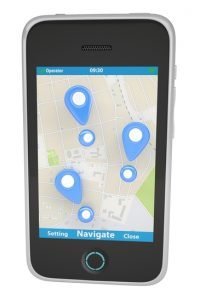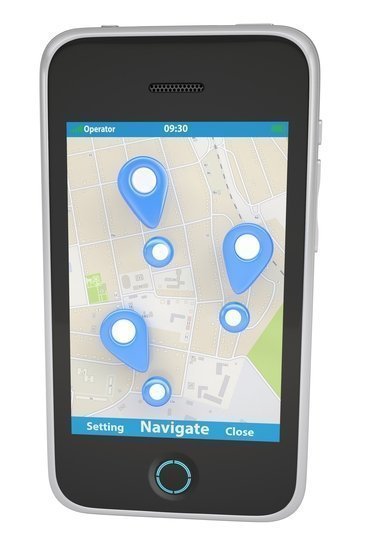
1. Local Marketing Will Fully Rely On Location Data
For a very long time, businesses have treated location info, including phone numbers, addresses and also their names as a great passive asset that shields their brands. The way it goes is that if a company keeps its location info accurate, then it’s going to be easier for it to get more clients.
However, many brands are starting to realize that publishers like Foursquare and Apple, but also data aggregators like Localeze can be excellent partners that can boost location data across the internet world where clients search, live and buy.
Because of that, many businesses today have a new goal: to ensure that their data is more accessible by making it available through major aggregators and publishers, but also select vertical market platforms.
Based on research from SIM Partners, companies that managed to boost the reach and accuracy of their location data by just twenty percent experienced a four hundred and fifty percent increase in traffic to their location pages, while their on-page action conversion rates increased by two hundred and sixteen percent.
2. Local Search Is A Priority For Google
Google stating that local knowledge graph results are soon going to be editable, releasing a Google My Business Application Program Interface and adding local search to their SQRG all signal the fact that local search is currently very important for Google.
Also, the drop of local business data from Google Plus may just be one of the many such disruptions to follow in the local search space.
3. Apps Will Take Advantage Of Location Marketing
More and more businesses are becoming aware how applications like Snapchat and Periscope can support direct response and advertising at a national level. For instance, Taco Bell promoted a biscuit taco giveaway by using Periscope, while Dunkin Donuts did something similar by using Snapchat.
National companies have what it takes to accurately track the success of such campaigns and then use the data in order to create more targeted and effective campaigns and that’s where local marketing starts to become more and more important. Soon we’re going to witness the use of more complex local marketing techniques for capitalizing on regional differences in local events, seasons and demographics.
If they are to take full advantage of micro-platforms, it’s important that businesses aggressively syndicate their location info to the previously mentioned data amplifiers and then share it with these applications.
4. Beacon Mania Will Experience Growth In The Coming Months
Location marketing relied heavily on beacons in 2015 and many big brands, including Target announced national implementations that would help consumers get what they need. According to BI, beacons accounted for about 4 billion dollars in in-store sales in the US in the previous year, a figure which is going to get another zero in 2016.
However, some early adopters have noticed a few cons in the beacon system, including high maintenance and limited range, especially for brands that have many locations.
This year, brands are going to be more serious about adopting beacons as they analyze other alternatives to generate more in-store sales and traffic, including new technologies such as IndoorAtlas. This technology actually relies on the magnetic signature of a building in order to make it easy for people to find the products they need. While beacons are certainly here to stay, businesses are going to use them a bit more selectively in order to properly target shoppers.
5. Mobile Wallets Are Going To Become Very Popular
While many companies are becoming fully aware of the limits of beacons usage, they also become aware of the massive opportunity they have to make more sales by means of mobile wallets. Based on info from Vibes, at least 50% of consumers want to get mobile wallet content every week and seventy percent of consumers said they would save a great offer to their mobile wallet if given the opportunity to do so.
Since many consumers are starting to use mobile wallets and given the fact Apple Pay has become so popular in such a short period of time, companies such as Pep Boys was very inspired to come up with a great mobile wallet offer that can boost sales and foot traffic.
Since about eighty percent of near me searches occur on mobile phones/tablets, more and more businesses are coming up with great strategies to convert searchers into buyers.
Yet the factor that’s going to really boost the use of mobile wallets this year is the fact they can be used for a wide range of apps, from coupons and all the way to mass transit.
6. Google Still Is The Search King
Even if Facebook and Apple are going to try to get their share of traffic, Google is still king when it comes to online searches. For instance, think about how Apple is making efforts in order to ensure that search is smarter and more predictive when using iOS 9. In such a world, Apple Search is a much better search tool and that’s because it can draw up many local data sources, including native application content.
Meanwhile, Facebook is gaining more ground as a local search platform and it’s not long until we’ll see it recommend local enterprise content in your queries and conversations about what to buy and where to go.
It’s very important for brands to be very attentive with the way people use alternatives to Google and then try to build relationships with those alternatives.
Conclusion
If they want to improve their local marketing in 2016, companies need to cater to the needs of mobile users, treat their location info as a scalable asset and also boost their local search ecosystem so it includes applications like Snapchat.

